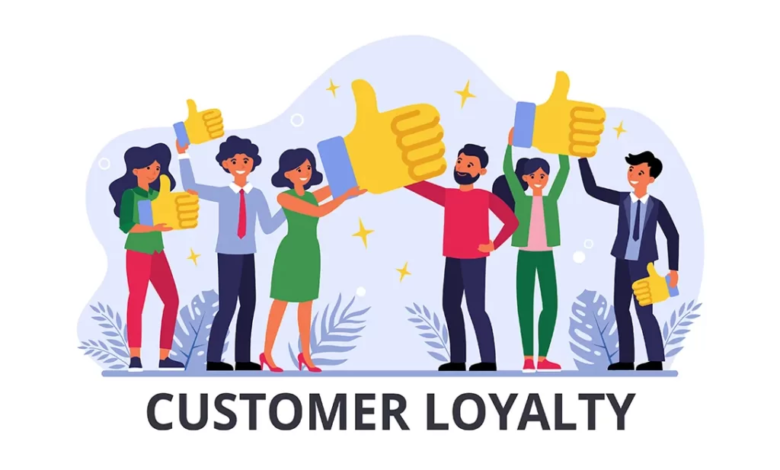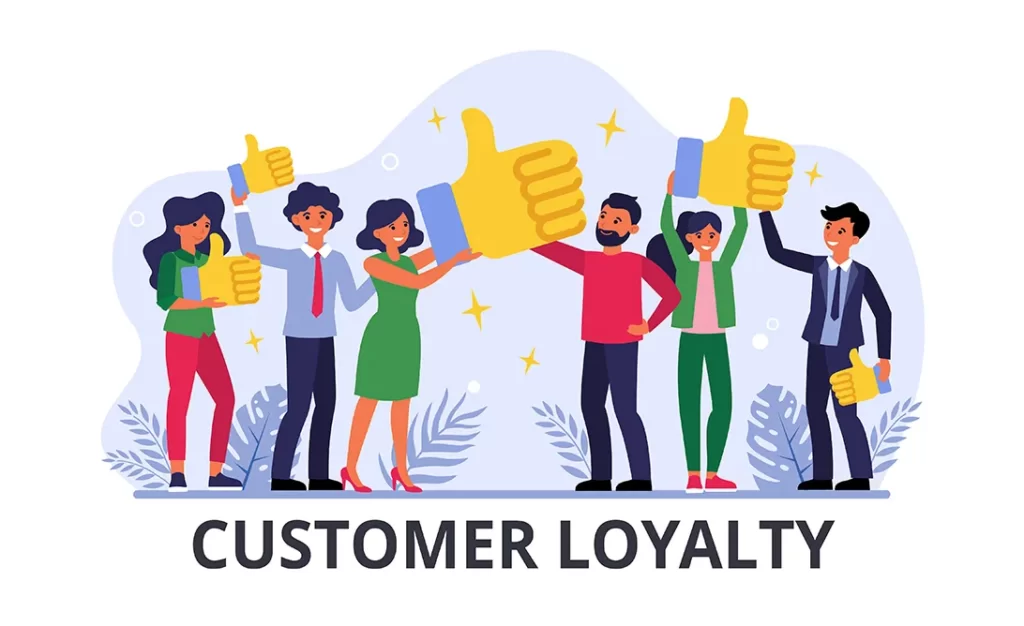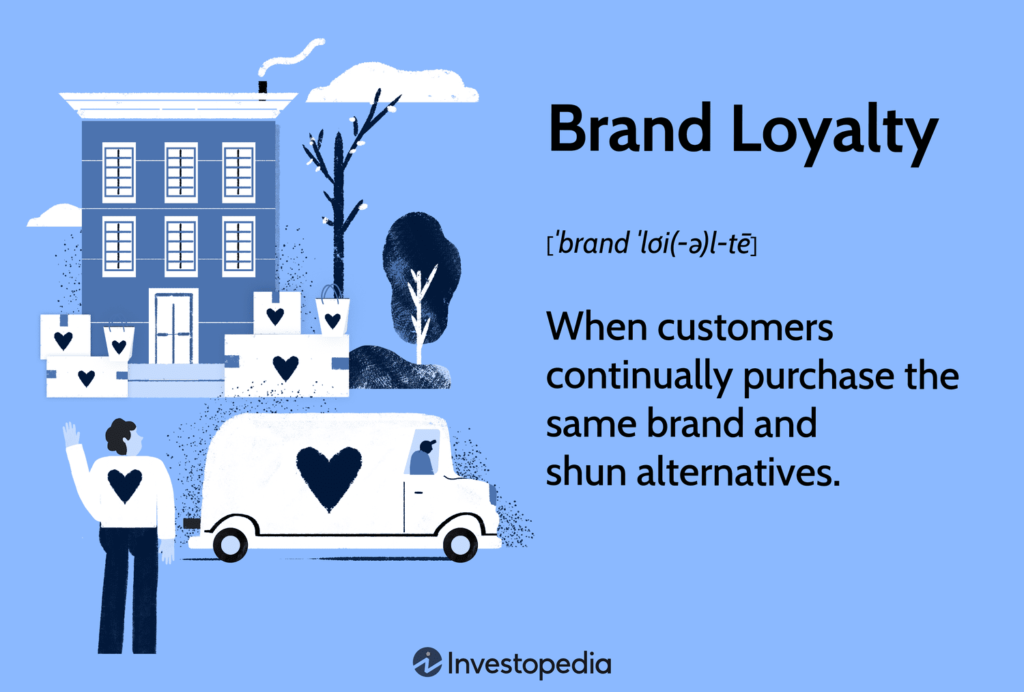Brand customer loyalty, definition and methods of analysis, data collection for optimal efficiency

Brand customer loyalty refers to the extent to which customers consistently choose a particular brand over competitors, exhibit repeat purchasing behavior, and maintain a positive relationship with the brand. It reflects customers’ commitment and preference for the brand, often resulting in long-term engagement and advocacy.


Definition of Brand Customer Loyalty:
Brand customer loyalty is the measure of a customer’s devotion to a brand, demonstrated through repeated purchases, positive word-of-mouth, and a preference for the brand over competitors. Loyal customers often have a stronger emotional connection with the brand and are more likely to resist competing offers.
Methods of Analysis for Brand Customer Loyalty:
1. Customer Retention Rate:
- Definition: Measures the percentage of customers who continue to make purchases over a specific period.
- Calculation: Retention Rate=(Number of Customers at End of Period−Number of New Customers AcquiredNumber of Customers at Start of Period)×100\text{Retention Rate} = \left( \frac{\text{Number of Customers at End of Period} – \text{Number of New Customers Acquired}}{\text{Number of Customers at Start of Period}} \right) \times 100Retention Rate=(Number of Customers at Start of PeriodNumber of Customers at End of Period−Number of New Customers Acquired)×100
2. Net Promoter Score (NPS):
- Definition: A metric used to gauge customer loyalty by measuring the likelihood of customers recommending the brand to others.
- Calculation: Customers are surveyed on a scale from 0 to 10 regarding how likely they are to recommend the brand. Scores are categorized into Promoters (9-10), Passives (7-8), and Detractors (0-6). The NPS is calculated as: NPS=Percentage of Promoters−Percentage of Detractors\text{NPS} = \text{Percentage of Promoters} – \text{Percentage of Detractors}NPS=Percentage of Promoters−Percentage of Detractors
3. Customer Satisfaction Score (CSAT):
- Definition: Measures how satisfied customers are with a brand’s products or services.
- Calculation: Customers are typically asked to rate their satisfaction on a scale (e.g., 1-5). The CSAT score is calculated as the average rating or percentage of customers giving a high satisfaction score.
4. Customer Lifetime Value (CLV):
- Definition: Estimates the total revenue a brand can expect from a customer over their entire relationship with the brand.
- Calculation: CLV=Average Purchase Value×Purchase Frequency×Customer Lifespan\text{CLV} = \text{Average Purchase Value} \times \text{Purchase Frequency} \times \text{Customer Lifespan}CLV=Average Purchase Value×Purchase Frequency×Customer Lifespan
5. Repeat Purchase Rate:
- Definition: The percentage of customers who make more than one purchase from the brand.
- Calculation: Repeat Purchase Rate=(Number of Repeat CustomersTotal Number of Customers)×100\text{Repeat Purchase Rate} = \left( \frac{\text{Number of Repeat Customers}}{\text{Total Number of Customers}} \right) \times 100Repeat Purchase Rate=(Total Number of CustomersNumber of Repeat Customers)×100
6. Churn Rate:
- Definition: Measures the percentage of customers who stop using the brand’s products or services over a specific period.
- Calculation: Churn Rate=(Number of Customers LostNumber of Customers at Start of Period)×100\text{Churn Rate} = \left( \frac{\text{Number of Customers Lost}}{\text{Number of Customers at Start of Period}} \right) \times 100Churn Rate=(Number of Customers at Start of PeriodNumber of Customers Lost)×100
Methods of Data Collection for Optimal Efficiency:
1. Surveys and Questionnaires:
- Customer Feedback Surveys: Regularly ask customers about their satisfaction, loyalty, and likelihood of recommending the brand. Include questions related to their overall experience, product satisfaction, and service quality.
- Loyalty Program Surveys: Use feedback from loyalty program members to understand their experiences and gather insights on factors influencing their loyalty.
2. Customer Interaction Data:
- Purchase History: Analyze transaction data to identify repeat purchases, purchase frequency, and average order value.
- Customer Service Interactions: Review interactions with customer service to gauge satisfaction and resolution effectiveness.
3. Social Media and Online Reviews:
- Social Media Monitoring: Track brand mentions, customer sentiments, and engagement levels on social media platforms. Look for trends and patterns in customer feedback.
- Online Reviews Analysis: Analyze reviews on platforms like Google, Yelp, and Trustpilot to understand customer satisfaction and loyalty.
4. Loyalty Programs:
- Program Data: Collect data from loyalty programs, including enrollment rates, points accumulation, redemption rates, and customer retention.
- Engagement Metrics: Measure participation levels and engagement with loyalty program features and rewards.
5. Behavioral Analytics:
- Website Analytics: Use tools like Google Analytics to track user behavior on the brand’s website, including repeat visits, time spent, and interaction with content.
- App Analytics: Analyze user behavior within the brand’s mobile app to assess engagement and loyalty.
6. Customer Segmentation:
- Segmentation Analysis: Divide customers into segments based on their purchasing behavior, demographics, and engagement levels to understand different loyalty patterns and tailor strategies accordingly.
Steps for Optimizing Customer Loyalty Analysis:
- Define Objectives: Determine what specific aspects of customer loyalty you want to measure (e.g., retention, satisfaction, advocacy).
- Select Metrics: Choose appropriate metrics based on your objectives and industry standards.
- Collect Data: Use a combination of surveys, transaction records, social media analysis, and loyalty program data to gather comprehensive insights.
- Analyze Data: Evaluate the collected data to identify trends, strengths, and areas for improvement in customer loyalty.
- Implement Strategies: Develop and implement strategies to enhance customer loyalty based on your analysis, such as improving customer service, offering personalized experiences, and optimizing loyalty programs.
- Monitor and Adjust: Continuously monitor customer loyalty metrics and adjust strategies as needed to maintain and improve loyalty levels.
Conclusion:
Analyzing and optimizing brand customer loyalty involves understanding various metrics and employing effective data collection methods. By systematically measuring customer loyalty and using the insights gained to enhance customer experiences, brands can build stronger relationships, improve retention rates, and drive long-term success.


